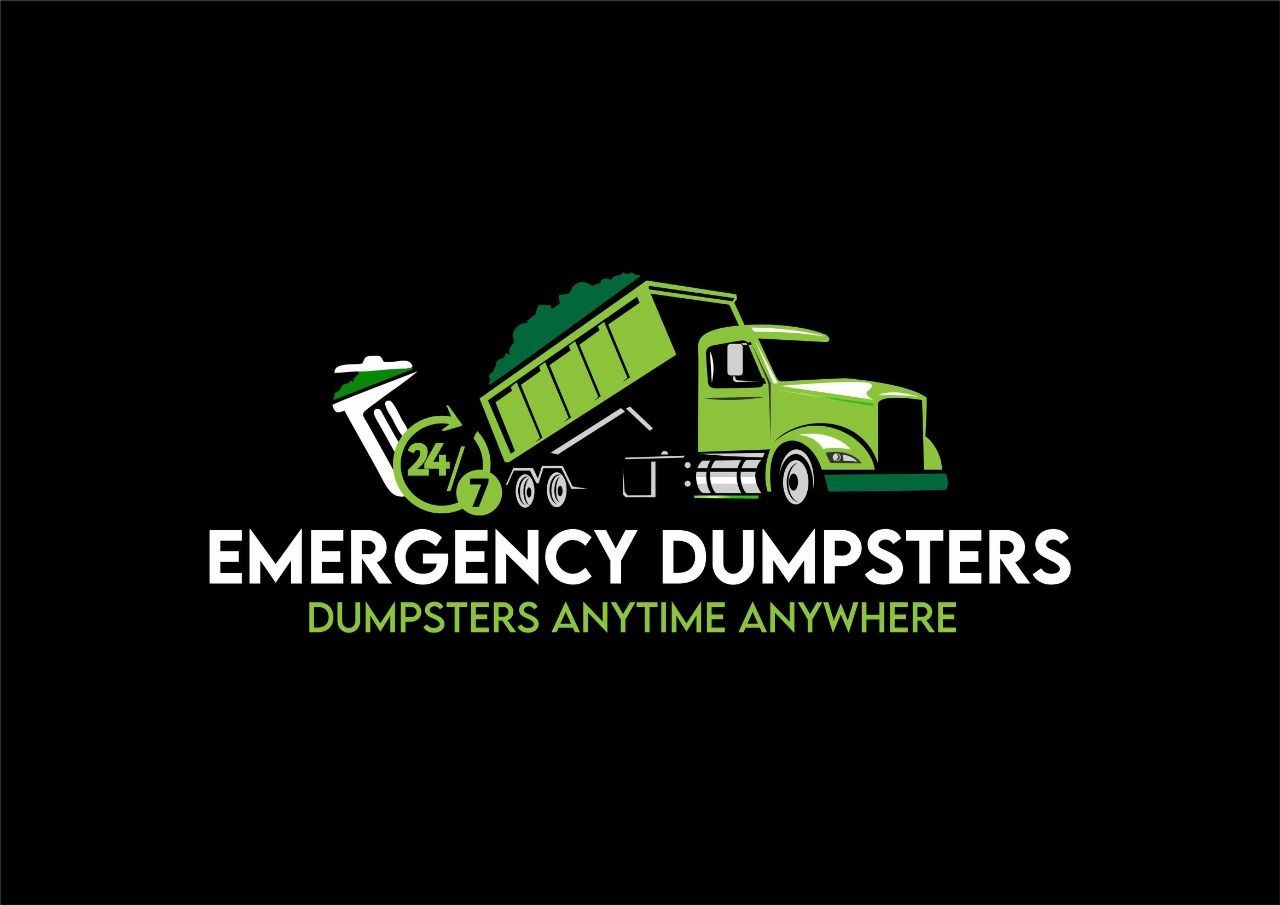How Do Dumpsters Get Emptied? A Behind-the-Scenes Look at Waste Management
Sam Morady
Dumpsters are an essential part of waste management, especially for businesses, construction sites, and large residential complexes. But have you ever wondered how these large containers filled with trash get emptied? The process might seem straightforward, but it involves several steps and specialized equipment to ensure efficiency and safety. In this blog post, we'll take you behind the scenes to see how dumpsters get emptied and what happens to the waste afterward.
1. The Role of Waste Management Companies
Waste management companies are responsible for the collection, transportation, and disposal of waste. They provide dumpsters of various sizes to accommodate different needs, from small residential cleanouts to large construction projects. These companies are equipped with specialized trucks and trained personnel who handle the entire process of emptying dumpsters.
2. The Pickup Schedule
Dumpsters are typically emptied according to a scheduled pickup plan. The frequency of pickups depends on the amount of waste generated and the size of the dumpster. For example, a business with high waste output may require daily pickups, while a construction site may need a more flexible schedule depending on the project phase.
3. The Collection Process
When it's time to empty a dumpster, a garbage truck is dispatched to the location. These trucks are designed with hydraulic arms or winches that allow them to lift and empty dumpsters quickly and efficiently. Here’s how the process works:
- Positioning the Truck: The truck is carefully positioned next to the dumpster. The driver aligns the hydraulic arms or hooks with the attachment points on the dumpster.
- Lifting the Dumpster: Using the truck's controls, the driver engages the hydraulic system to lift the dumpster. The dumpster is then raised above the truck's hopper, the large container where the waste is collected.
- Emptying the Dumpster: Once the dumpster is positioned over the hopper, it is tilted to allow the waste to fall into the truck. Depending on the truck's design, the waste may be compacted to make room for more material before being transported.
- Returning the Dumpster: After emptying, the dumpster is carefully lowered back to its original position. The driver ensures that it is securely placed and ready for continued use.
4. Transportation to Disposal Facilities
After the dumpster is emptied, the waste is transported to a disposal facility. This could be a landfill, recycling center, or waste-to-energy plant, depending on the type of waste collected. At these facilities, the waste is processed accordingly—recyclables are sorted, organic waste may be composted, and non-recyclable waste is disposed of in an environmentally responsible manner.
5. Ensuring Safety and Compliance
Throughout the process, waste management companies must adhere to strict safety and environmental regulations. Drivers are trained to operate the trucks safely, and the equipment is regularly inspected to ensure it is in good working condition. Additionally, companies must comply with local, state, and federal regulations regarding waste disposal and transportation.
6. The Importance of Proper Waste Segregation
For the process to run smoothly, it’s essential that waste is properly segregated before it’s placed in the dumpster. This means separating recyclables, hazardous materials, and general waste. Proper segregation not only ensures that dumpsters are emptied efficiently but also helps in reducing environmental impact by enabling more waste to be recycled or repurposed.
Conclusion
Emptying dumpsters is a crucial part of waste management that keeps our communities clean and safe. The process involves specialized equipment, skilled workers, and strict adherence to safety protocols. By understanding how dumpsters are emptied, we can better appreciate the importance of proper waste disposal and the role of waste management companies in maintaining a sustainable environment.
Share to:
Phone: 1-866-349-2734
For Residential Dumpsters and Junk Removals all across the U.S. please call 561-372-3176

